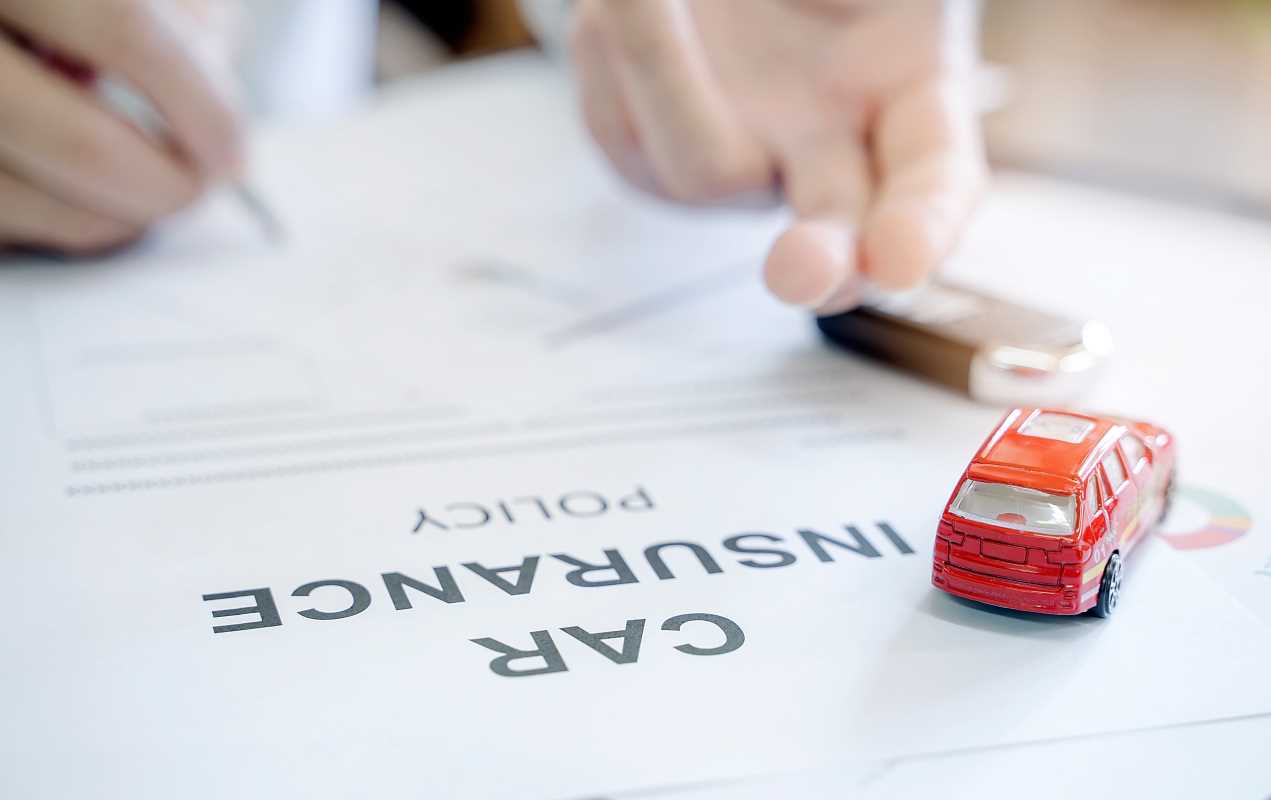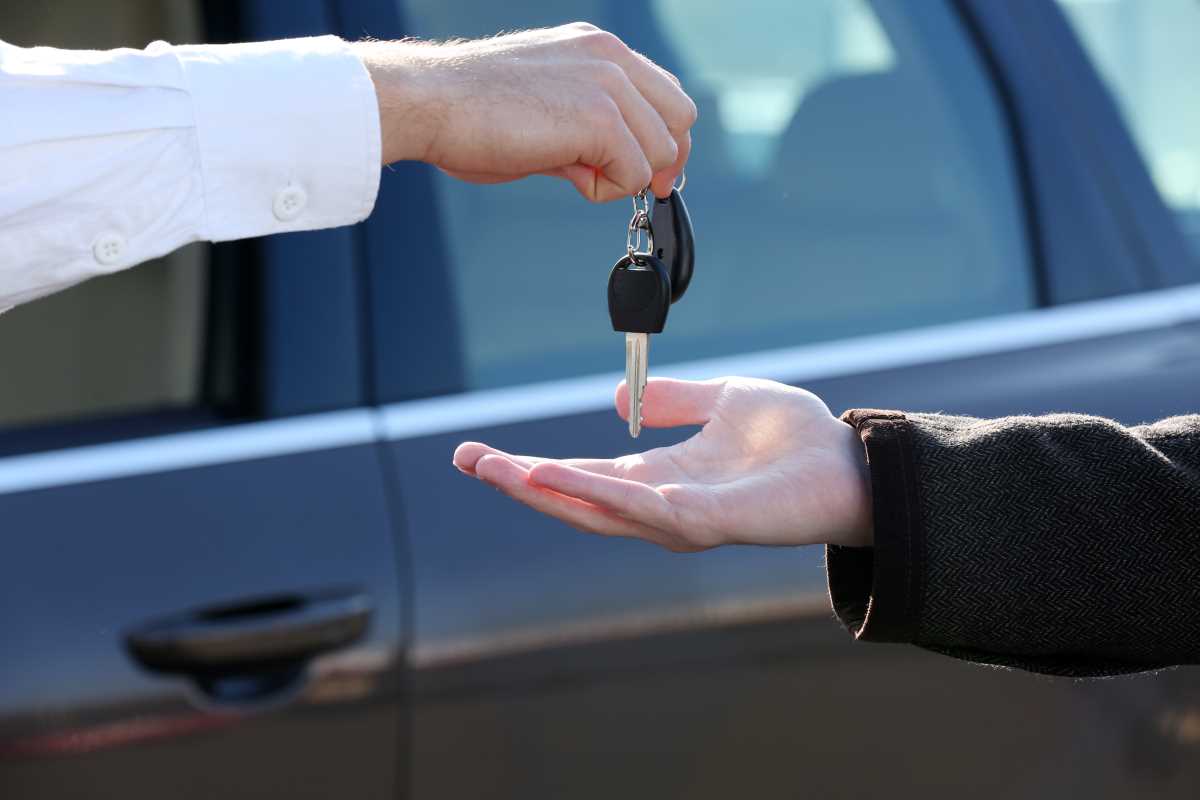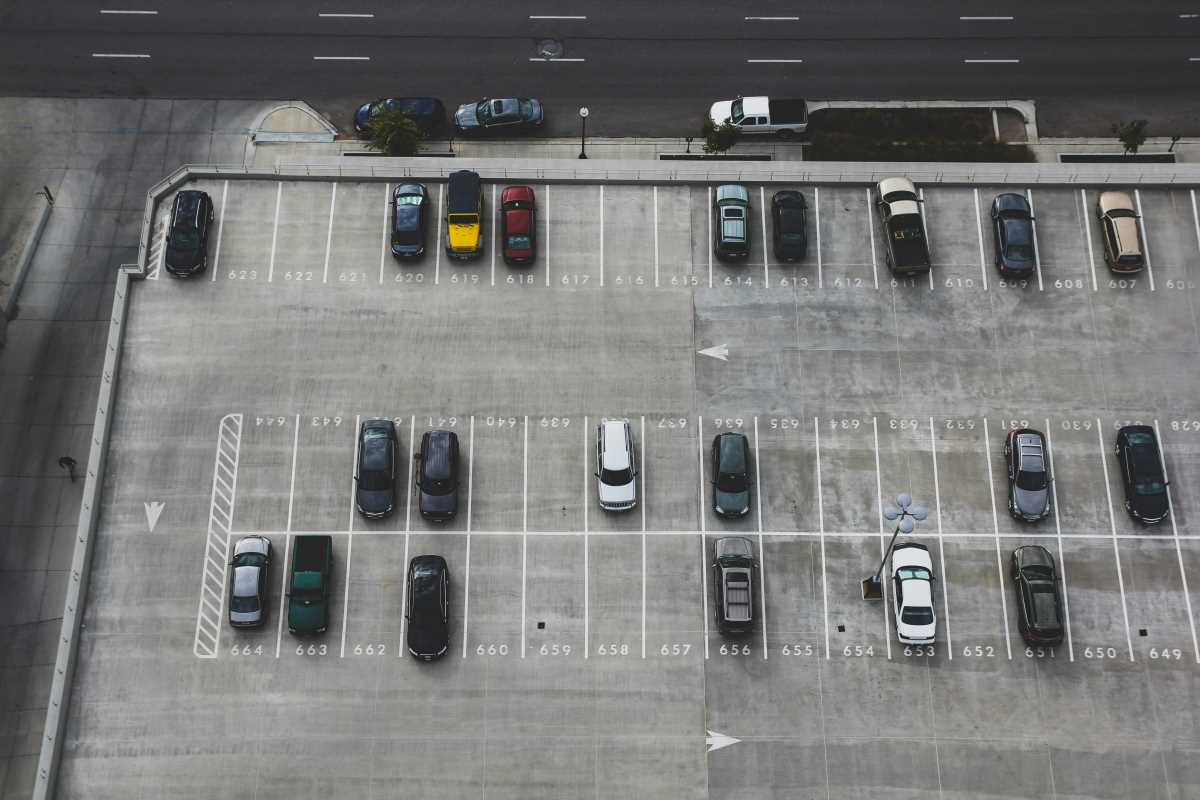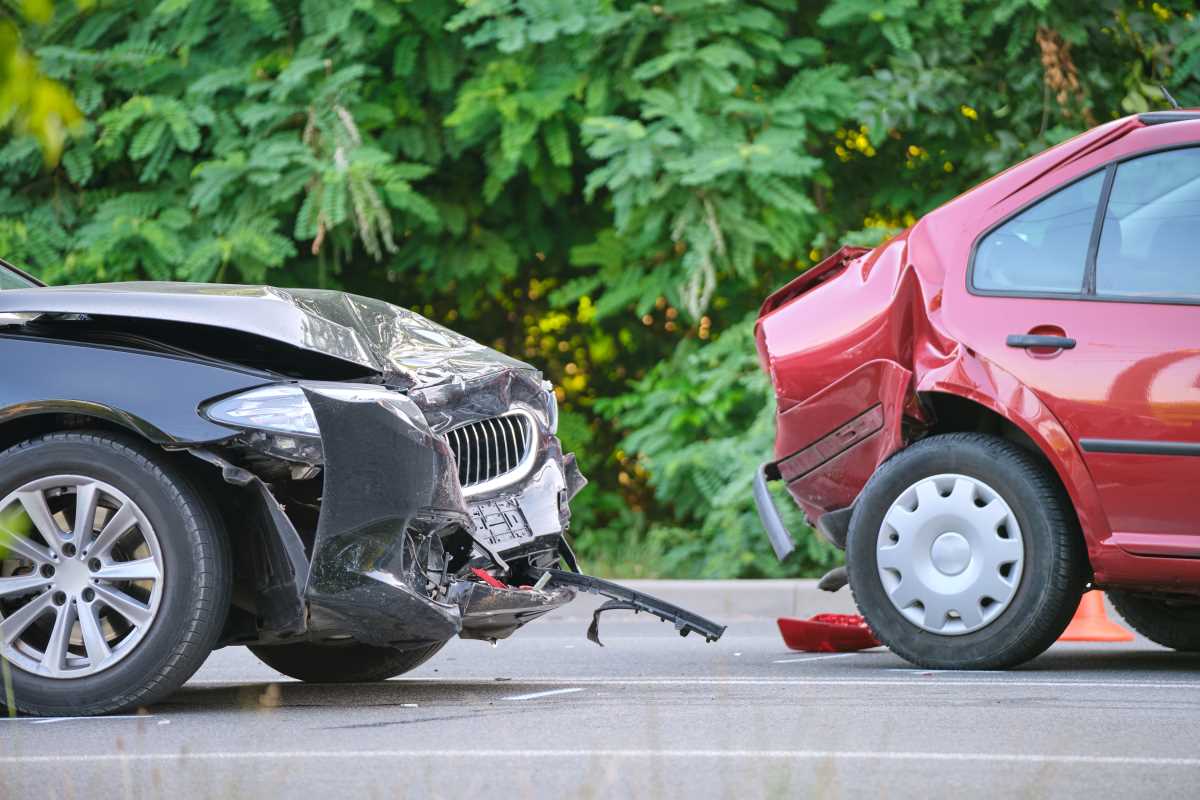Car insurance can feel like one of life’s most confusing necessities. You pay for it every month, hoping you never have to use it. But when a fender bender happens or a rogue shopping cart finds its way to your door panel, having the right coverage is what stands between a minor inconvenience and a major financial disaster. Think of a car insurance policy not as a single product, but as a bundle of different coverages, each designed to protect you in a specific situation. Choosing the right mix is a personal decision that protects your wallet, your car, and your legal standing. Understanding what each piece of the puzzle does is the first step toward building a policy that gives you true peace of mind on the road, without overpaying for protection you don’t need. It’s your financial bodyguard for your automotive life.
Liability Coverage Explained
Liability coverage is the foundation of every car insurance policy and is legally required in almost every state. It’s designed to pay for the other person’s expenses when you are at fault in an accident. This coverage is split into two important parts: Bodily Injury Liability (BI) and Property Damage Liability (PD). Bodily Injury liability helps pay for the other party's medical bills, lost wages, and pain and suffering. Property Damage liability helps pay for repairs to the other person's car or for damage to other property, like a fence or a mailbox, that you might have hit.
When you see insurance limits written as a series of numbers, like 100/300/100, this refers to your liability coverage. The first number ($100,000) is the maximum amount your policy will pay for one person's bodily injuries. The second number ($300,000) is the maximum total for all bodily injuries in a single accident. The third number ($100,000) is the maximum your policy will pay for all property damage. While every state has a legal minimum, these minimums are often dangerously low. A serious accident can easily exceed state minimums, leaving you personally responsible for the rest. Choosing higher limits is a smart way to protect your assets.
Collision Coverage in Real Life
While liability covers damage you cause to others, collision coverage is what pays to repair or replace your own car after an accident, regardless of who is at fault. If you hit another car, a tree, or a guardrail, or if you are the victim of a hit-and-run, your collision coverage kicks in to fix your vehicle. When you file a collision claim, you will have to pay a deductible, which is the amount you agreed to pay out-of-pocket before the insurance company pays the rest. For example, if your car has $4,000 in damage and your deductible is $500, you pay the first $500 and the insurer pays the remaining $3,500.
Do you need collision coverage? If you have a loan or lease on your car, the lender will almost certainly require you to have it. If you own your car outright, the decision is yours. A good rule of thumb is to consider the car’s value. If your car is older and has a low market value, the cost of collision coverage over a year might be more than the car is worth. However, if you couldn't afford to replace your car out of pocket, keeping collision coverage is a wise financial move.
Comprehensive Coverage Beyond Crashes
Comprehensive coverage, sometimes called "other than collision," protects your car from damage caused by events that are not a collision. This is the coverage that handles the bizarre and unpredictable things life throws at your vehicle. It covers theft, vandalism, fire, hail, flooding, and damage from falling objects like tree branches. It’s also what typically covers you if you hit an animal, such as a deer crossing the road. A cracked windshield is also often handled under comprehensive coverage, and many policies offer a separate, low-deductible option for glass repair.
Like collision coverage, comprehensive coverage comes with a deductible that you must pay before the insurance company steps in. And just like collision, lenders will require it if you are financing or leasing your vehicle. For those who own their car outright, it’s a valuable protection against financial loss from a wide range of non-accident-related incidents. Without it, you would be on your own if your car was stolen or damaged in a severe storm.
Uninsured and Underinsured Motorist
What happens if you’re hit by a driver who has no insurance, or not enough insurance to cover your medical bills? This is where Uninsured Motorist (UM) and Underinsured Motorist (UIM) coverages come to the rescue. Uninsured Motorist coverage steps in to pay for your medical expenses and, in some states, car repairs if you are hit by a driver with no insurance at all. It is especially important in a hit-and-run scenario, where the at-fault driver cannot be identified.
Underinsured Motorist coverage works in a similar way, but it applies when the at-fault driver has insurance, just not enough to cover the full cost of your injuries. For example, if you have $50,000 in medical bills but the other driver’s bodily injury liability limit is only $25,000, your UIM coverage can help cover the $25,000 gap. Given how many drivers are on the road with only the state minimum coverage, having UM/UIM is a crucial and often inexpensive way to protect yourself from irresponsible drivers.
Medical Payments and Personal Injury Protection
Medical Payments coverage, often called MedPay, and Personal Injury Protection (PIP) are both designed to cover medical expenses for you and your passengers after an accident, regardless of who is at fault. MedPay is typically optional and covers medical bills up to a certain limit, often between $1,000 and $10,000. It can be used to pay your health insurance deductible or for services your health insurance might not cover.
Personal Injury Protection is more comprehensive and is required in "no-fault" states. In these states, your own PIP coverage is your first source of payment for medical bills after an accident. In addition to medical expenses, PIP can also cover lost wages, funeral expenses, and the cost of hiring someone to perform household tasks you can no longer do due to your injuries. It’s designed to provide prompt payment for your immediate needs without waiting for a lengthy fault determination.
Extras and Add-Ons That Can Save the Day
Beyond the core coverages, insurers offer a menu of optional add-ons that can provide valuable convenience and financial protection. Rental Reimbursement coverage helps pay for a rental car while your vehicle is being repaired after a covered claim. Roadside Assistance provides help if you get a flat tire, run out of gas, or need a tow. For those with a new car, Gap Insurance is a critical add-on. If your car is totaled, it pays the difference between what your car is worth and what you still owe on your loan, protecting you from "negative equity." Some companies even offer New Car Replacement, which will pay to replace your totaled car with a brand new one of the same make and model. If you drive for Uber or Lyft, a Rideshare Endorsement extends your personal policy to provide coverage during the time you are logged into the app but have not yet accepted a ride.
Deductibles, Premiums, and Discounts
Your premium is the price you pay for your policy, and your deductible is the amount you pay out-of-pocket on a collision or comprehensive claim. These two numbers have an inverse relationship: choosing a higher deductible will lower your premium, while a lower deductible will raise your premium. Selecting a deductible is about finding a balance between monthly savings and what you could comfortably afford to pay on short notice. Insurers determine your premium based on your perceived risk, looking at factors like your age, driving record, where you live, the type of car you drive, and your credit history. The good news is that nearly all insurers offer a long list of discounts. You can often get discounts for being a good student, bundling your car and home insurance, having safety features on your car, and maintaining a clean driving record.
Smart Shopping Tips and Policy Checkup Checklist
To ensure you're getting the best value, you should compare quotes from several different insurance companies at least once a year. When comparing, make sure you are looking at policies with the exact same coverage limits and deductibles for an accurate, apples-to-apples comparison. Once you have a policy, get familiar with your declarations page; it’s the summary of your coverages and limits. It’s a good idea to review this page annually. As your life changes, your insurance needs may change, too. If you get a raise or buy a home, you may want to raise your liability limits to better protect your new assets. Conversely, if your car gets old and has a low value, you might consider dropping collision and comprehensive coverage to save money. Adding a teen driver to your policy will significantly increase your premium, so it's a critical time to shop around and ask about all available discounts.







